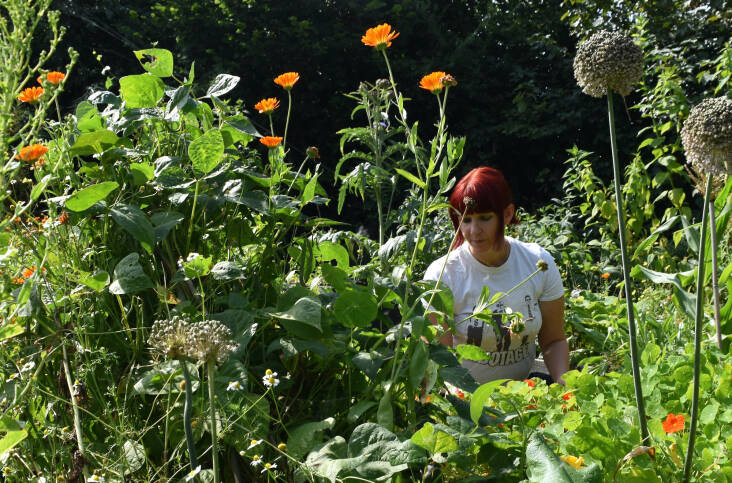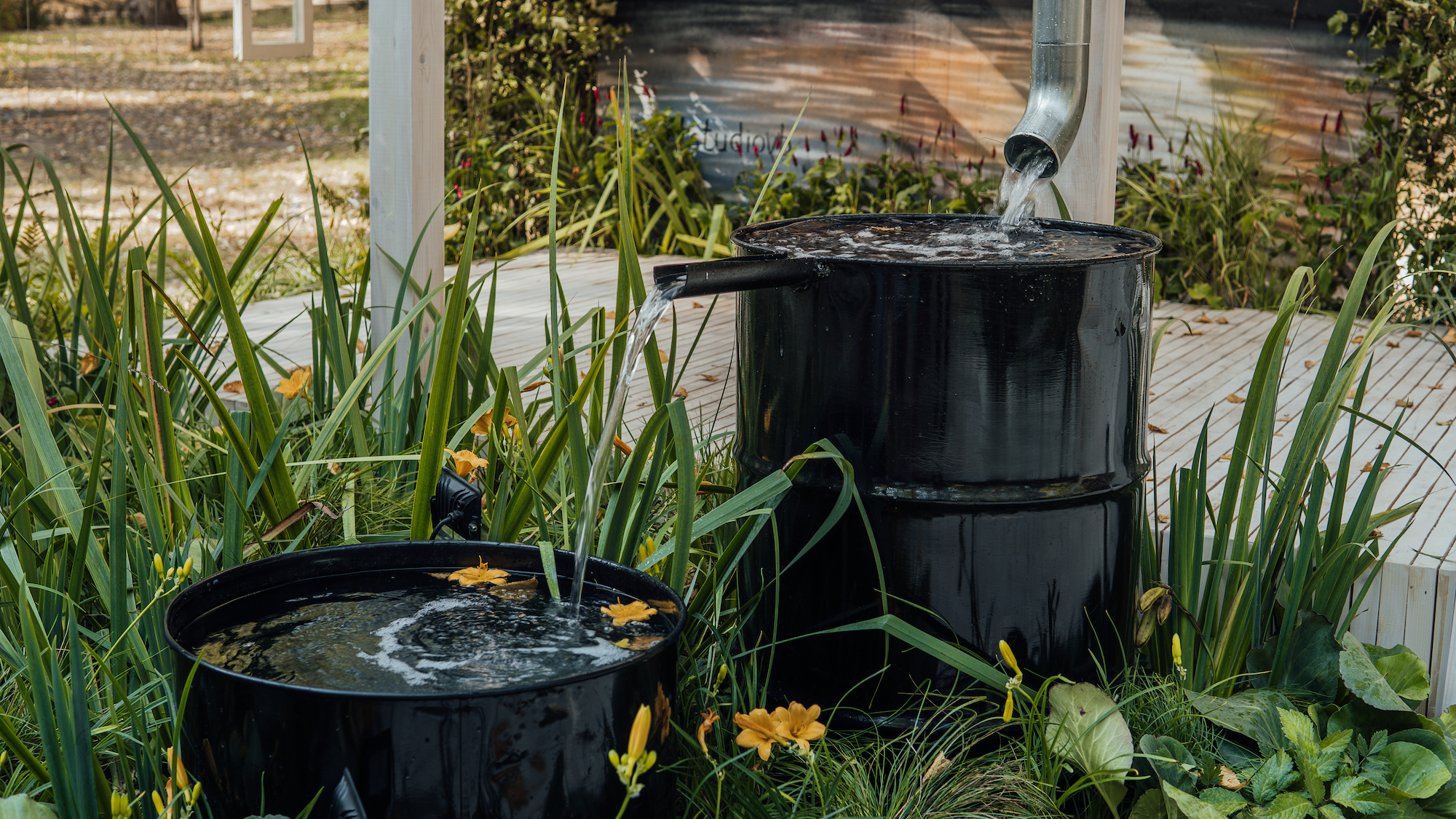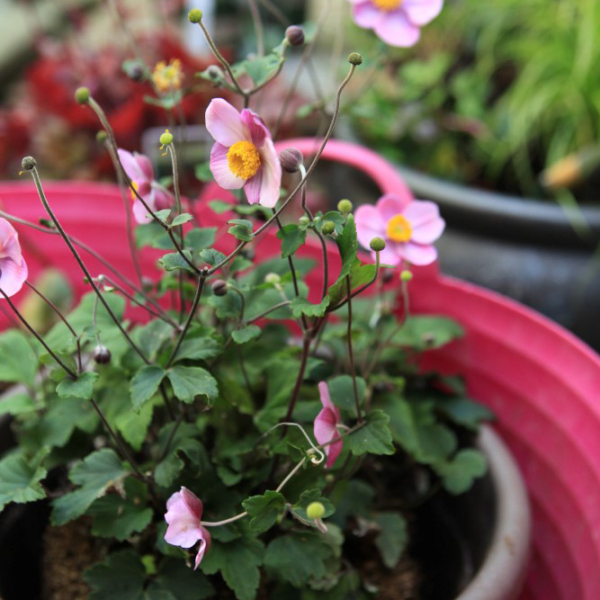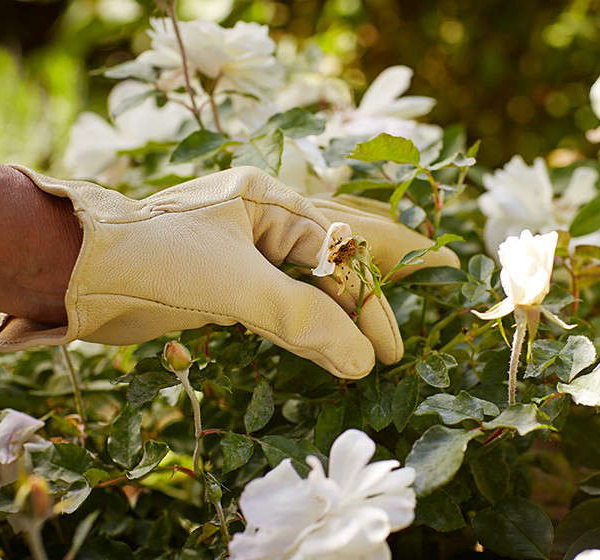If you go online to search for a book on vegetable gardening, you’ll discover there are literally thousands of titles on the topic. One new standout in the category is The Climate Change–Resilient Vegetable Garden: How to Grow Food in a Changing Climate by Kim Stoddart (available on February 27). Stoddart’s book covers everything a gardener needs to know about growing produce in a time of uncertain climate, including how to capture rainwater, breed and propagate resilient plants, control pests naturally, and even how to handle extreme conditions like wildfire and flooding.
When asked the climate and gardening journalist why she published this book now, Stoddart says, “I’ve been writing and teaching about this topic for more than a decade, but what I have realized in recent years is how important it is to build resilience in the individual, as much as the garden itself,” Stoddart says. “We are living through such stressful times. It is no longer gardening as usual with the challenges of our changing, more extreme weather.” So, in addition to the practical how-to advice, Stoddart says, “I offer hope and an upbeat approach to help gardeners cope with it all.”
We interviewed Stoddart to find out more about what climate-resilient vegetable gardening looks like, and how you can get started. Here’s her advice:
Photography courtesy of The Climate Change-Resilient Vegetable Garden.
1. Focus on the soil.
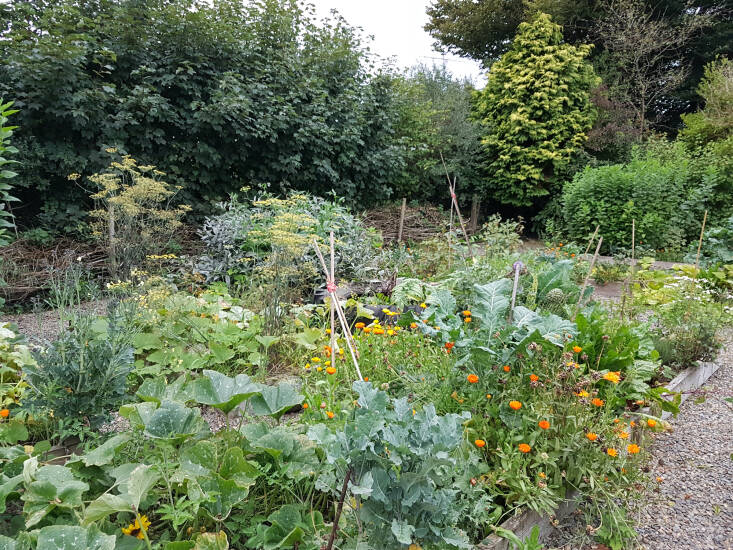
Stoddart says if she had to choose one thing for every vegetable gardener to do to increase resilience, it would be to focus on soil health. “In an organic gardening system, soil health comes first, making the soil the most resilient it can be. Going no-till is a huge step to help maintain soil structures and the life within it. It will also help keep carbon in the ground and may also help increase the nutritional content of the food you grow (there is research currently being done in this area).” Then, of course, mulch and compost to feed and improve soil.
2. Don’t coddle your plants.
“Veggies that are over-pampered can become lazy and develop shallow root structures, becoming reliant on the gardener and less resilient, as a result,” cautions Stoddart. By spreading out the time between watering and skipping chemical fertilizers, Stoddart says, “Plants can be encouraged to root deeper, thereby tapping into the mycorrhizal fungi that can help them take up water and food.”
3. Think before your spend.
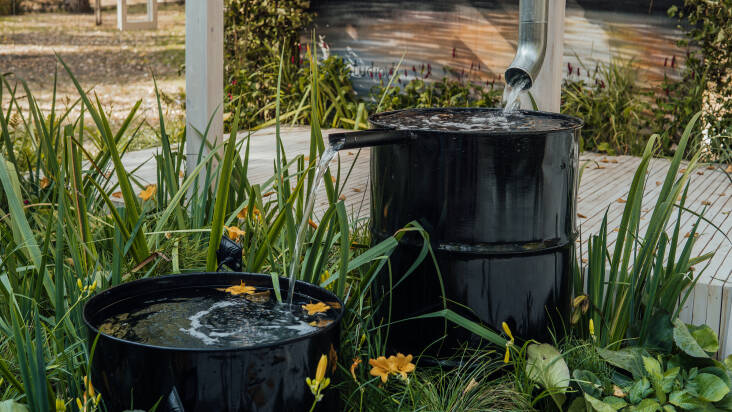
“Gardening has become so synonymous with spending, but less can be so much more,” says Stoddart, who wants gardeners to spend less time focussed on acquiring the perfect gadgets or tools. “I gardened for free for a few years and it made me realize how valuable natural resilience and homemade or free materials are,” she says. (N.B.: We agree! See Your First Garden: How to Start a Garden for Practically Free.)
4. Save seeds.
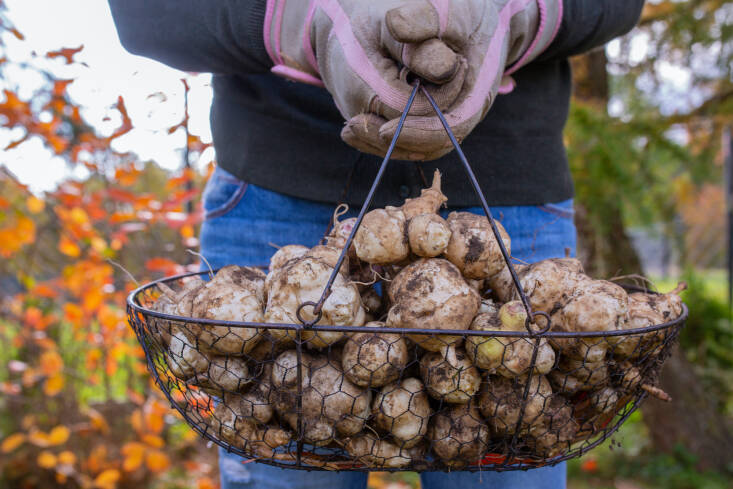
Saving some seeds from your garden is one of the best things you can do to create resilience. “Although you wouldn’t want to save seeds from everything (and believe me, I’ve tried), some seed saving is realistic and the rewards are many,” says Stoddart. In the book, she details how home-saved seeds can become more adapted to your growing conditions. “Having been produced on your own plot, after a few years, the plants grown from seeds you saved will be better adjusted to your space,” she says.
5. Don’t go it alone.
